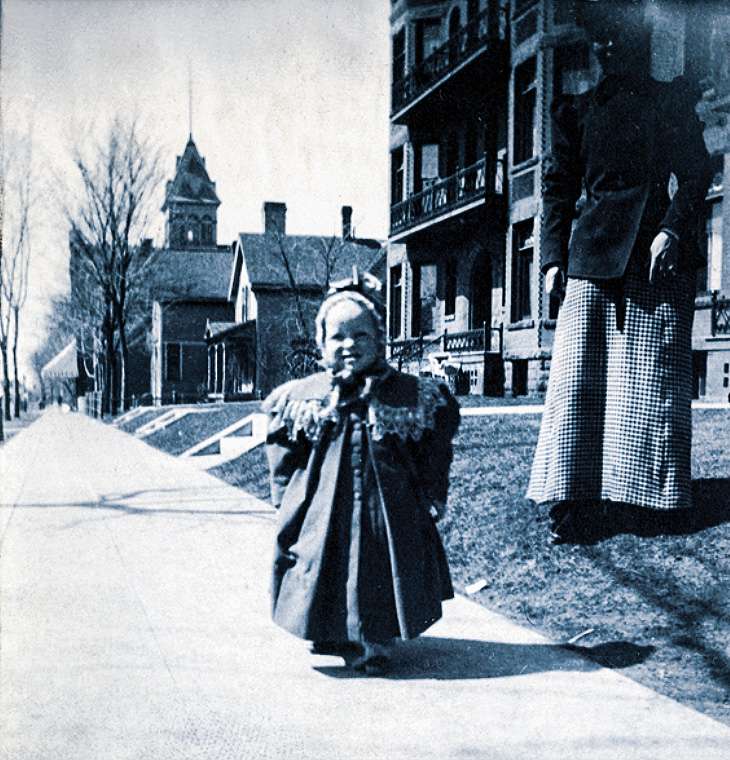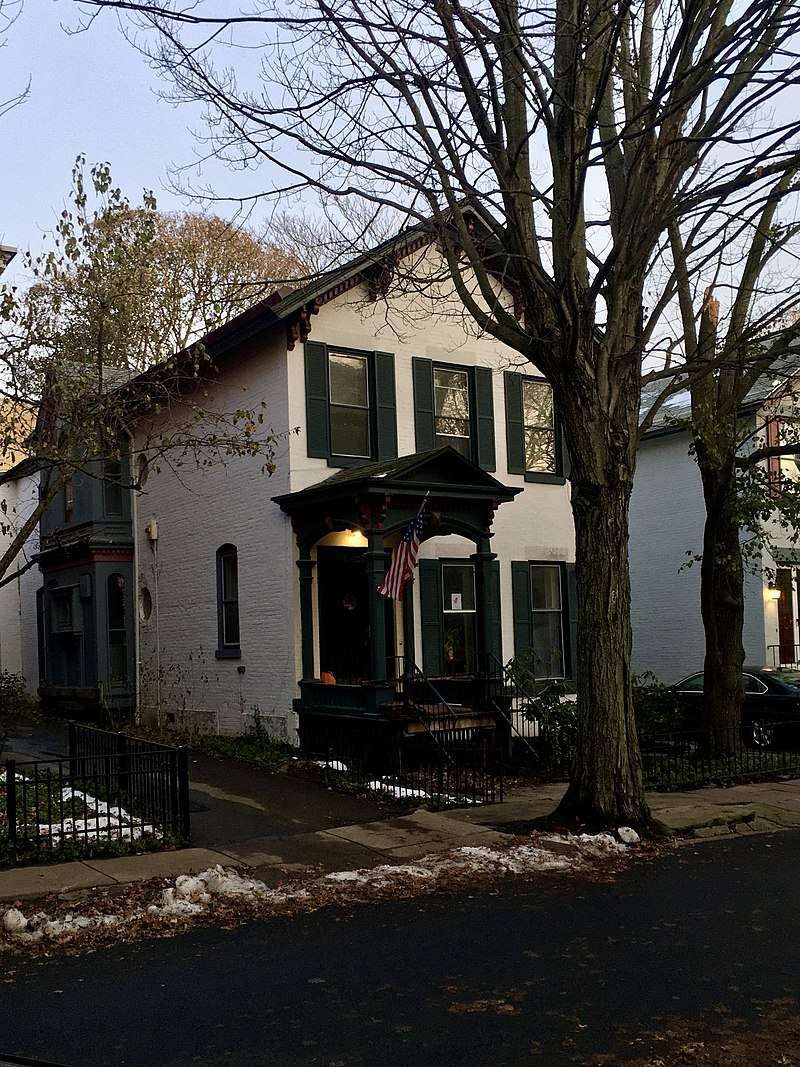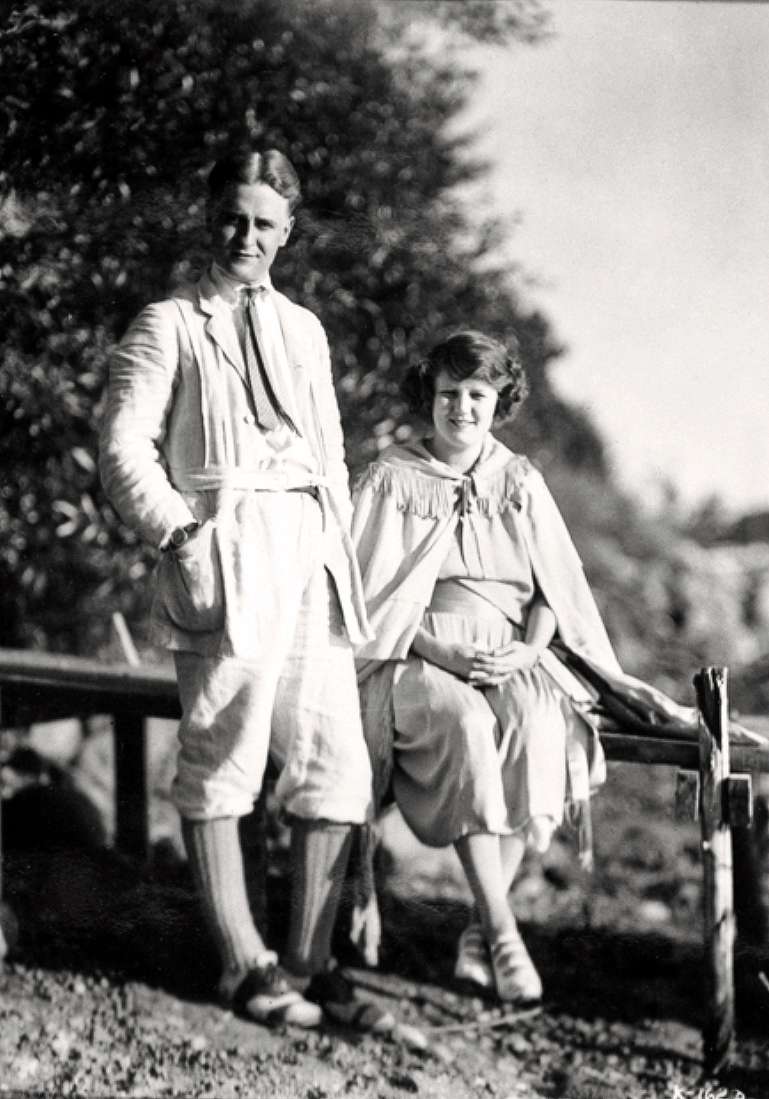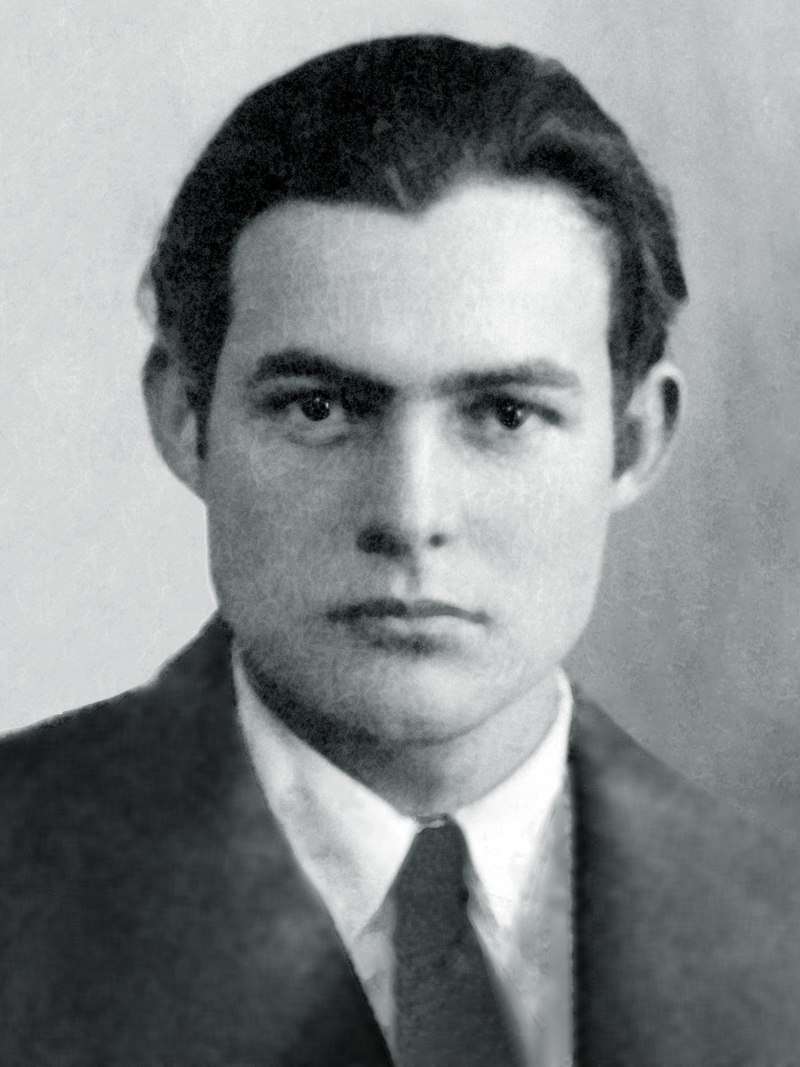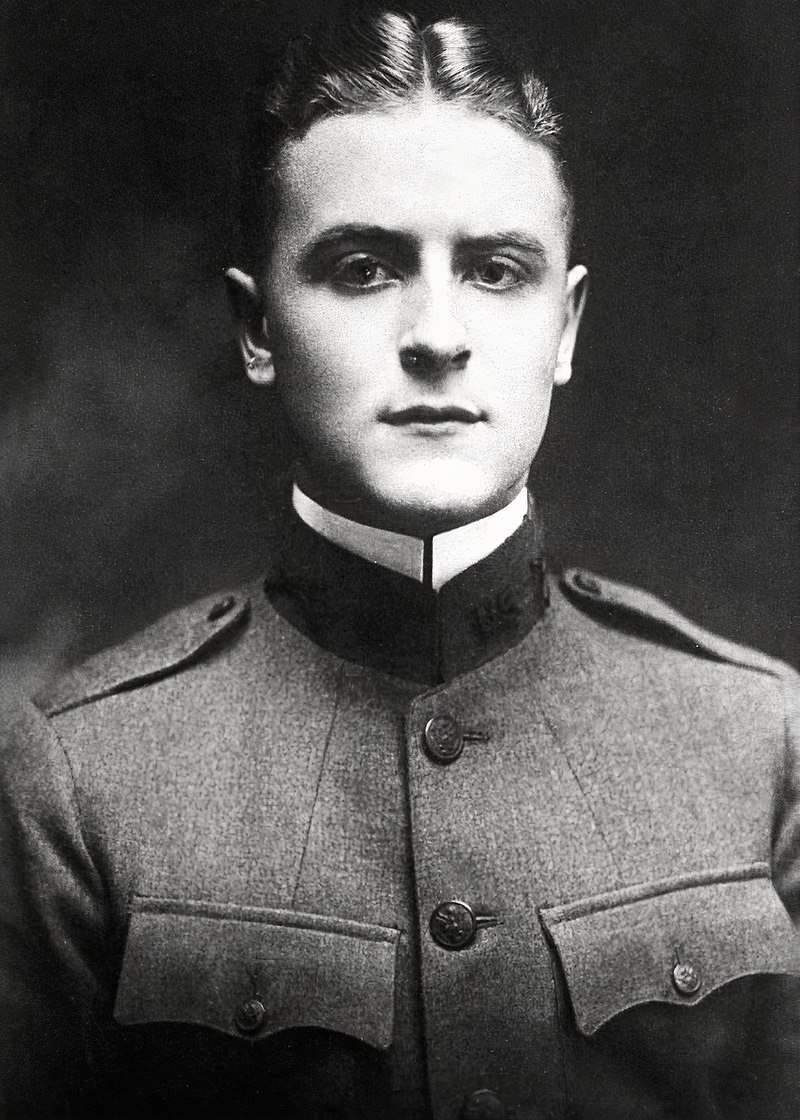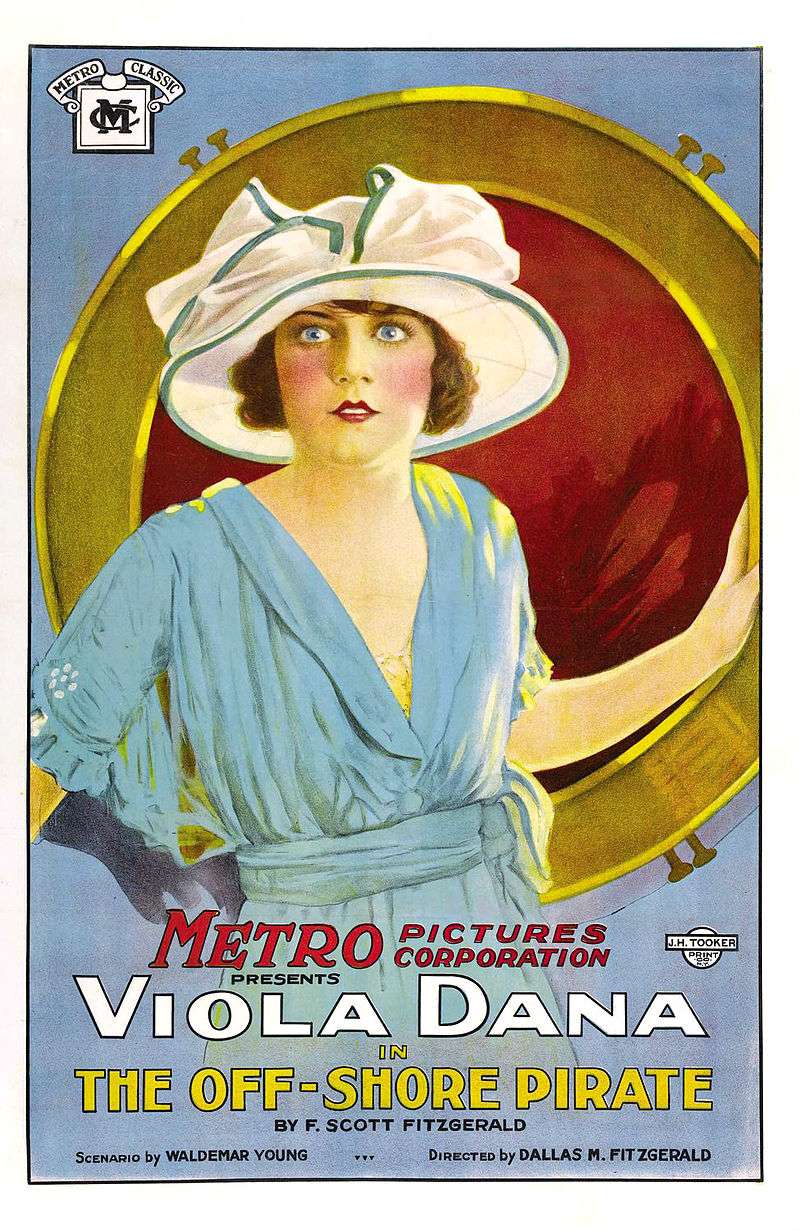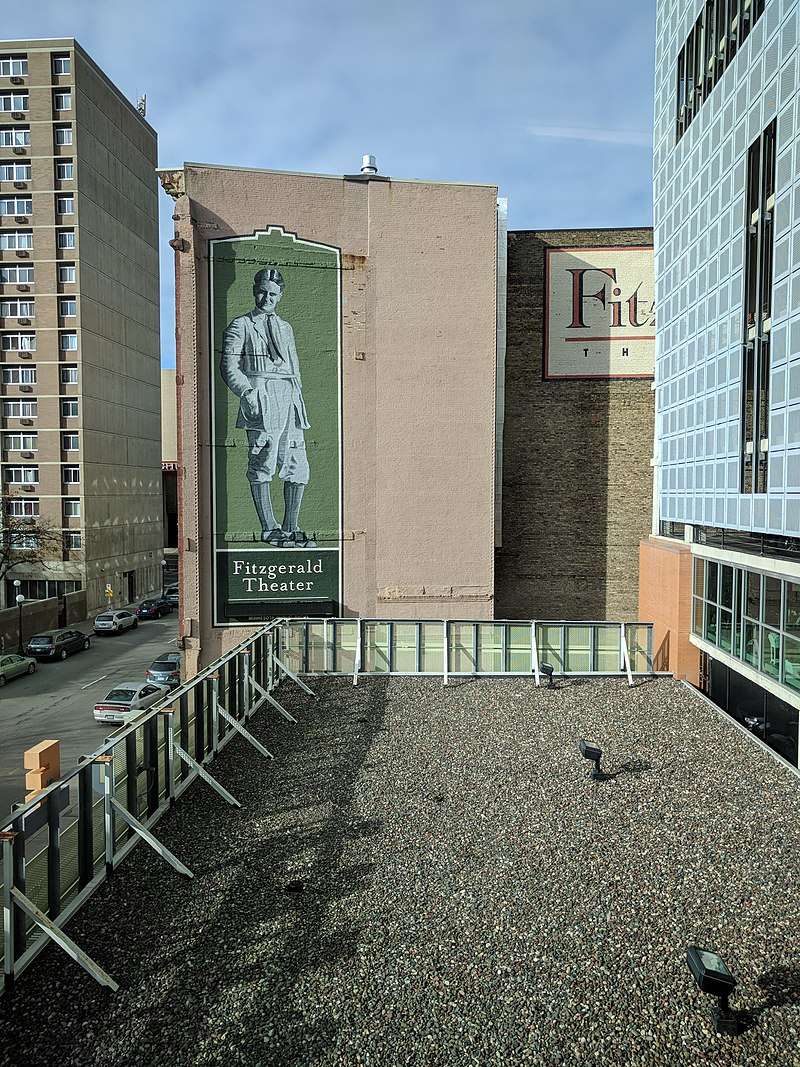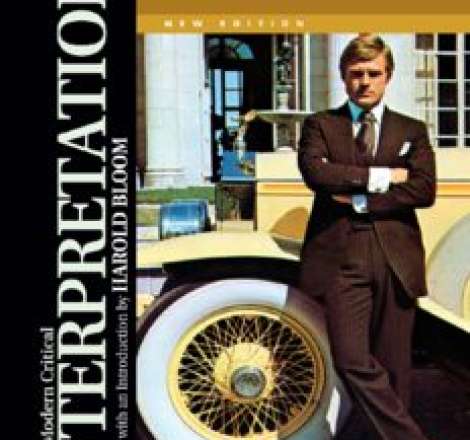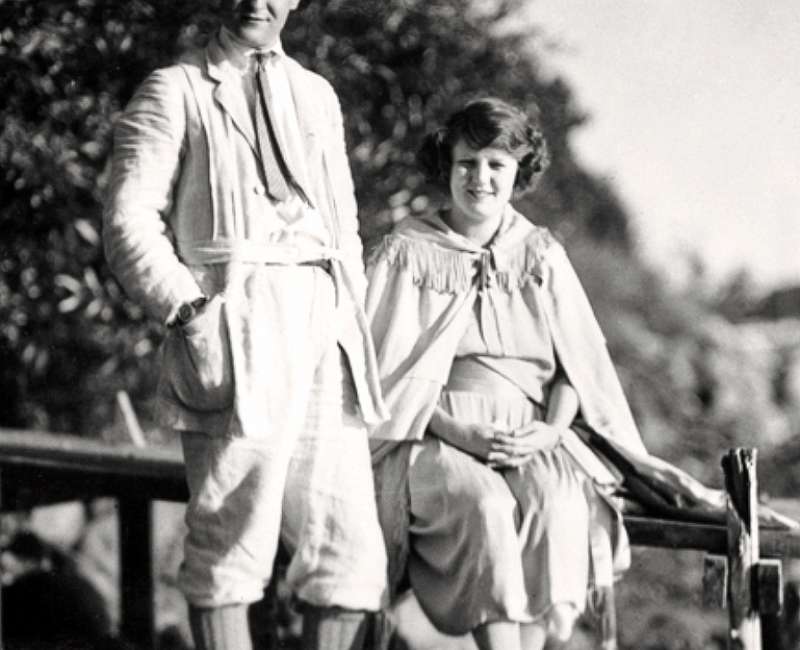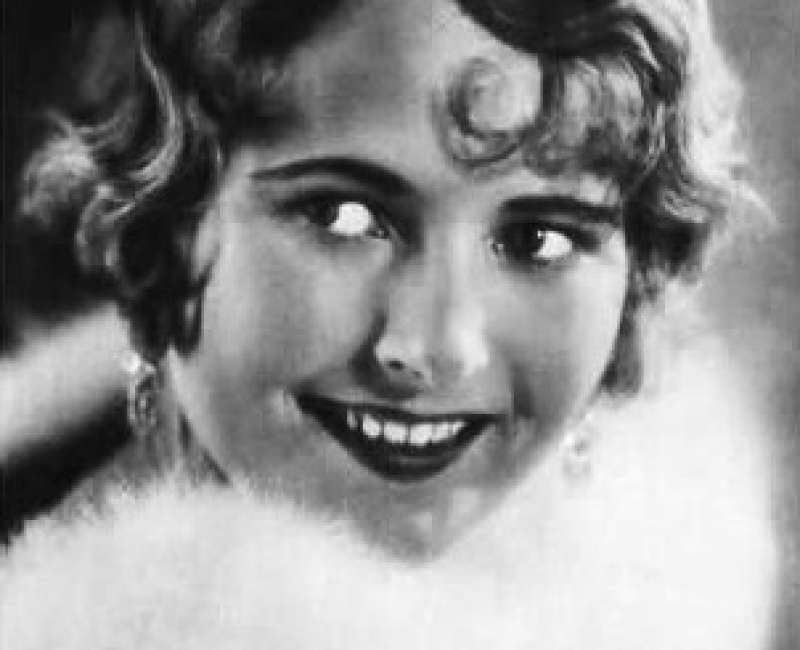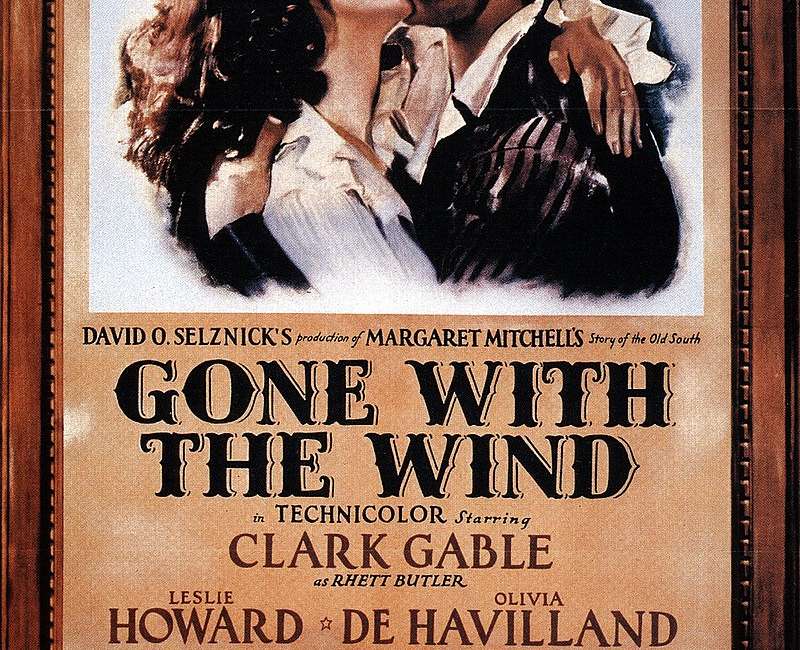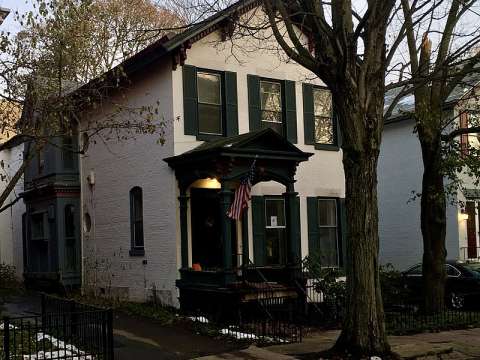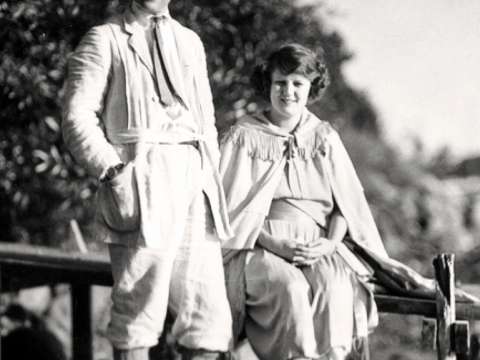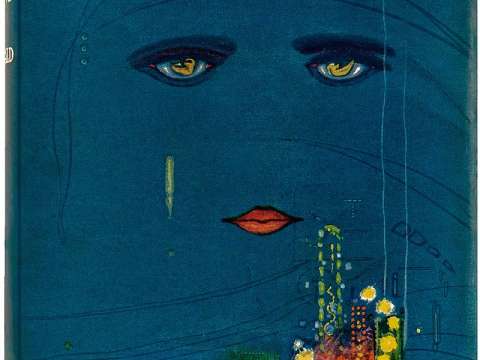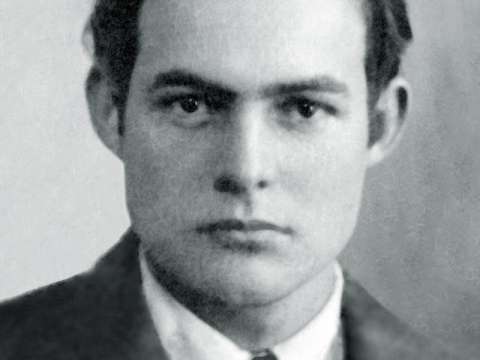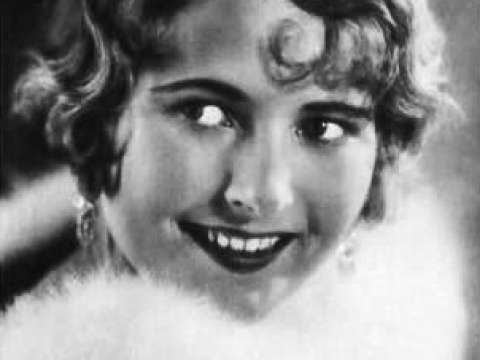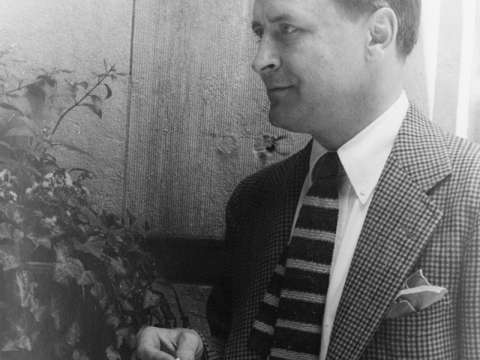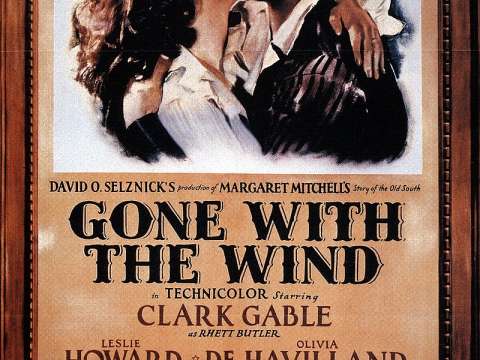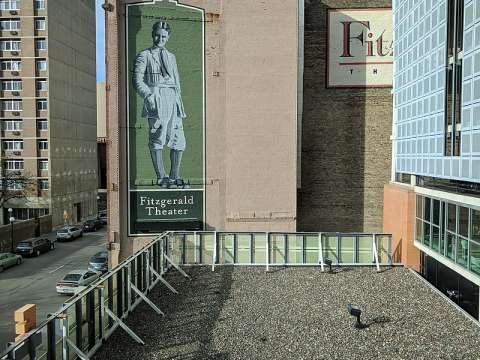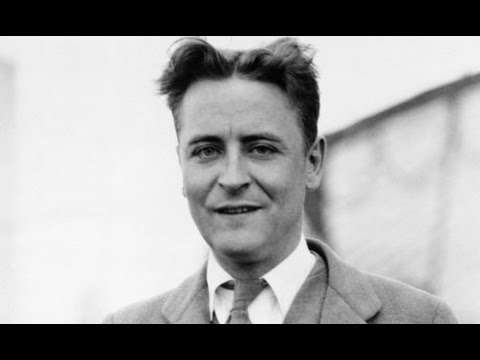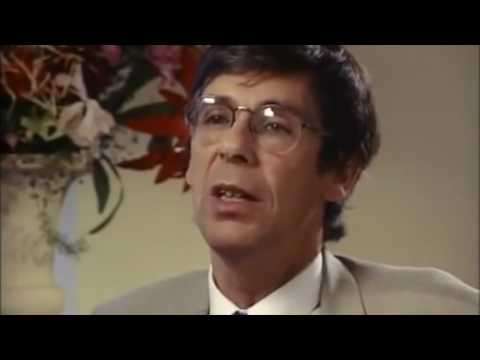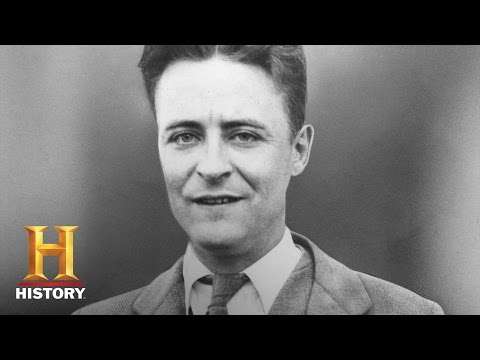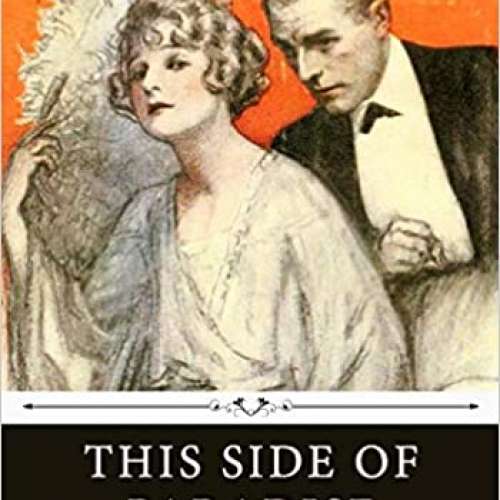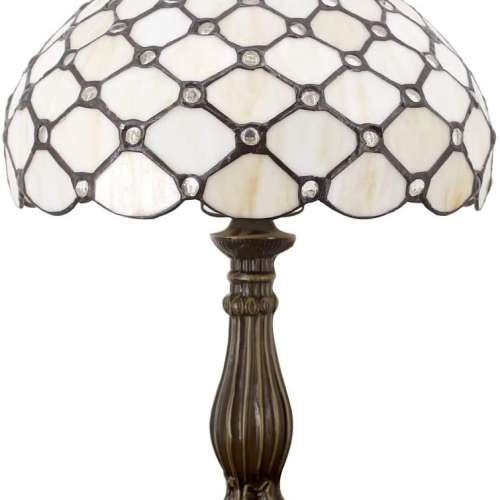

F. Scott Fitzgerald (1896-1940)
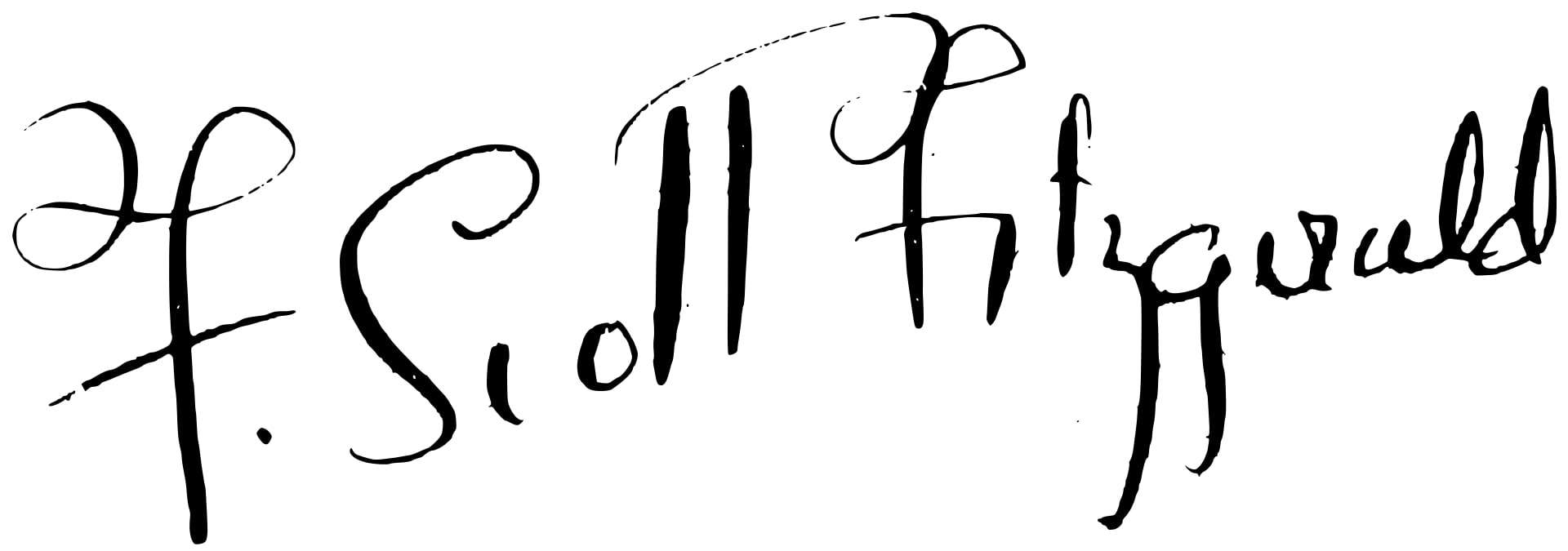
So we beat on, boats against the current, borne back ceaselessly into the past.
Francis Scott Key Fitzgerald was an American novelist, essayist, screenwriter, and short-story writer. He was best known for his novels depicting the flamboyance and excess of the Jazz Age—a term which he popularized. During his lifetime, he published four novels, four collections of short stories, and 164 short stories. Although he temporarily achieved popular success and fortune in the 1920s, Fitzgerald only received wide critical and popular acclaim after his death. He is widely regarded as one of the greatest American writers of the 20th century.
Fitzgerald was born into an upper-middle-class family in St. Paul, Minnesota, but was primarily raised in New York. He attended Princeton University, but due to a failed relationship and a preoccupation with writing, he dropped out in 1917 to join the army. While stationed in Alabama, he fell in love with rich socialite Zelda Sayre. Although she initially rejected him due to his financial situation, Zelda agreed to marry Fitzgerald after he had published the commercially successful This Side of Paradise 1920.
In the 1920s, Fitzgerald frequented Europe, where he was influenced by the modernist writers and artists of the "Lost Generation" expatriate community, particularly Ernest Hemingway. His second novel, The Beautiful and Damned 1922, propelled him into the New York City elite. To maintain his lifestyle during this time, he also wrote several stories for magazines. His third novel, The Great Gatsby 1925, was inspired by his rise to fame and relationship with Zelda. Although it received mixed reviews, The Great Gatsby is now widely praised, with some even labeling it the "Great American Novel". While Zelda was placed at a mental institute for her schizophrenia, Fitzgerald completed his final novel, Tender Is the Night 1934.
Faced with financial difficulties due to the declining popularity of his works, Fitzgerald turned to Hollywood, writing and revising screenplays. After a long struggle with alcoholism, he died in 1940, at the age of 44. A fifth, unfinished novel, The Last Tycoon 1941, was completed by Edmund Wilson and published after Fitzgerald's death.
Life
Early life
Born on September 24, 1896, in Saint Paul, Minnesota, to an upper-middle-class family, Fitzgerald was named after his second cousin thrice removed, Francis Scott Key, but was always known as Scott Fitzgerald. Fitzgerald was also named after his deceased sister, Louise Scott Fitzgerald, one of two sisters who died shortly before his birth. "Well, three months before I was born," he wrote as an adult, "my mother lost her other two children ... I think I started then to be a writer." His father, Edward Fitzgerald, was of Irish and English ancestry, and had moved to St. Paul from Maryland after the American Civil War. His mother was Mary "Molly" McQuillan Fitzgerald, the daughter of an Irish immigrant who had made his fortune in the wholesale grocery business. Edward's first cousin once removed, Mary Surratt, was hanged in 1865 for conspiring to assassinate Abraham Lincoln.
Fitzgerald spent the first decade of his childhood primarily in Buffalo, New York, where his father worked for Procter & Gamble, with a short interlude in Syracuse, between January 1901 and September 1903. Edward Fitzgerald had earlier worked as a wicker furniture salesman; he joined Procter & Gamble when the business failed. His parents, both Catholic, sent him to two Catholic schools on the West Side of Buffalo, first Holy Angels Convent 1903–1904, now disused and then Nardin Academy 1905–1908. Fitzgerald's formative years in Buffalo revealed him to be a boy of unusual intelligence with a keen early interest in literature. His mother's inheritance and donations from an aunt allowed the family to live a comfortable lifestyle. In a rather unconventional style of parenting, Fitzgerald attended Holy Angels with the arrangement that he go for only half a day—and was allowed to choose which half.

In 1908, his father was fired from Procter & Gamble, and the family returned to Minnesota, where Fitzgerald attended St. Paul Academy in St. Paul from 1908 to 1911. At the age of 13, Fitzgerald had his first work published, a detective story in the school newspaper. In 1911, Fitzgerald's parents sent him to the Newman School, a Catholic prep school in Hackensack, New Jersey. Fitzgerald played on the 1912 Newman football team. At Newman, he was taught by Father Sigourney Fay, who recognized his literary potential and encouraged him to become a writer. After graduating from Newman in 1913, Fitzgerald enrolled at Princeton University, where he tried out for the football team and was cut the first day of practice. At Princeton he became friends with future critics and writers, including Edmund Wilson and John Peale Bishop. Fitzgerald wrote for the Princeton Triangle Club, the Nassau Lit, and the Princeton Tiger. He also was involved in the American Whig-Cliosophic Society, which ran the Nassau Lit. His absorption in the Triangle—a kind of musical-comedy society—led to his submission of a novel to Charles Scribner's Sons where the editor praised the writing but ultimately rejected the book. Four of the University's eating clubs sent him bids at midyear, and he chose the University Cottage Club where Fitzgerald's desk and writing materials are still displayed in its library.
While attending Princeton, Fitzgerald met Chicago socialite and debutante Ginevra King. King and Fitzgerald had a romantic relationship from 1915 to 1917. Immediately infatuated with her, according to Mizner, Fitzgerald "remained devoted to Ginevra as long as she would allow him to", and wrote to her "daily the incoherent, expressive letters all young lovers write". She would become his inspiration for the character of Isabelle Borgé, Amory Blaine's first love in This Side of Paradise, for Daisy in The Great Gatsby, and several other characters in his novels and short stories. Her father reportedly warned Fitzgerald that "Poor boys shouldn't think of marrying rich girls." After their relationship ended in 1917, Fitzgerald requested that Ginevra destroy the letters that he had written to her. However, he never destroyed the letters that King had sent him. After his death in 1940 his daughter "Scottie" sent the letters back to King where she kept them until her death. She never shared the letters with anyone.

At Princeton, Fitzgerald's writing pursuits came at the expense of his studies, causing him to be placed on academic probation. In 1917, Fitzgerald pivoted, dropping out of Princeton to join the Army. During that winter, he was stationed at Fort Leavenworth, under the command of future United States President and General of the Army Dwight Eisenhower, whom he intensely disliked. Worried that he could die in the War without ever publishing anything, Fitzgerald hastily wrote The Romantic Egotist in the weeks before reporting for duty—and, although Scribners rejected it, the reviewer praised Fitzgerald's writing and encouraged him to resubmit the novel after further revisions. Fitzgerald would later regret not serving in combat, as detailed in his short story "I Didn’t Get Over" 1936.
Zelda Fitzgerald
In 1918, Fitzgerald was commissioned a second lieutenant and dispatched to Camp Sheridan near Montgomery, Alabama, serving with the 45th and 67th Infantry Regiments. While at a local country club, Fitzgerald met and fell in love with Zelda Sayre, the youngest daughter of Alabama Supreme Court Justice Anthony D. Sayre and the "golden girl", in Fitzgerald's terms, of Montgomery society. They began a courtship, but were briefly interrupted in October when he was summoned north. He expected to be sent to France, but was instead assigned to Camp Mills, Long Island. While stationed there, the Armistice with Germany was signed. He then returned to the base near Montgomery and began meeting Zelda again. Together again, they embarked on what he would later call "sexual recklessness," and by December, they were inseparable. In what became a lifetime practice, Fitzgerald relied on Zelda for literary inspiration, going so far as to plagiarize her diary while revising his first novel.

Upon his discharge on February 14, 1919, he relocated to New York City, where he unsuccessfully begged each of the city editors of the seven newspapers for a job. He then turned to a career in advertising, hopeful that it would be lucrative enough to persuade Zelda to marry him. Fitzgerald wrote to Zelda frequently, and by March 1920, he had sent Zelda his mother's ring, and the two had become engaged. Many of Zelda's friends and members of her family were wary of the relationship, as they did not approve of his excessive drinking, and Zelda's Episcopalian family did not like the fact that he was a Catholic. At the time, Fitzgerald was working for the Barron Collier advertising agency, living in a single room at 200 Claremont Avenue in the Morningside Heights neighborhood on Manhattan's west side. Although he received a raise for creating a slogan for a laundry in Iowa: "We keep you clean in Muscatine", Fitzgerald was still relatively poor. Still aspiring to a career in literature, he wrote several short stories and satires in his spare time. Rejected over 120 times, he was only able to sell a single story, for which he was paid $30.
With his dreams of a lucrative career in New York dashed, he was unable to convince Zelda that he would be able to support her, leading her to break off the engagement. Fitzgerald returned to his parents' house at 599 Summit Avenue, on Cathedral Hill, in St. Paul, to revise The Romantic Egotist, recast as This Side of Paradise, a semi-autobiographical account of Fitzgerald's undergraduate years at Princeton. Fitzgerald was so short of money that he took up a job repairing car roofs. His revised novel was accepted by Scribner's in the fall of 1919 and was published on March 26, 1920 and became an instant success, selling 41,075 copies in the first year. It launched Fitzgerald's career as a writer and provided a steady income suitable to Zelda's needs. They resumed their engagement and were married on April 3, 1920 at St. Patrick's Cathedral, New York.

On Valentine's Day in 1921, while Fitzgerald was working to finish his second novel, The Beautiful and Damned, Zelda discovered she was pregnant. They decided to go to his home in St. Paul, Minnesota to have the baby. On October 26, 1921, she gave birth to their daughter and only child Frances Scott "Scottie" Fitzgerald. As she emerged from the anesthesia, he recorded Zelda saying, "Oh, God, goofo I'm drunk. Mark Twain. Isn't she smart—she has the hiccups. I hope it's beautiful and a fool—a beautiful little fool." Fitzgerald utilized some of her rambling in his later writing; the words appear almost verbatim in Daisy Buchanan's dialogue from The Great Gatsby.
New York and the Jazz Age
After the birth of Scottie, Fitzgerald returned to writing The Beautiful and Damned, but in early 1922, Zelda became pregnant for a second time. Although some writers have claimed that his diaries include an entry referring to "Zelda and her abortionist", there is, in fact, no such entry. Zelda's thoughts on the second pregnancy are unknown, but in the first draft of The Beautiful and Damned, he wrote a scene in which the main female character Gloria believes she is pregnant and Anthony suggests she "talk to some woman and find out what's best to be done. Most of them fix it some way." Anthony's suggestion was removed from the final version, a change which shifted focus from the abortion choice to Gloria's concern that a baby would ruin her figure. Chapters of the book were serialized in Metropolitan Magazine in late 1921, and in March 1922, the book was published. Scribner's prepared an initial print run of 20,000 copies, and mounted an advertising campaign. It sold well enough to warrant additional print runs reaching 50,000 copies. That year, Fitzgerald also released Tales of the Jazz Age, which was composed of 11 short stories, all but two written before 1920. This collection's title would lend itself to the eponymous time period.

In New York City, the Fitzgeralds quickly became celebrities, as much for their wild behavior as for the success of This Side of Paradise. They were ordered to leave both the Biltmore Hotel and the Commodore Hotel for their drunkenness. Zelda once jumped into the fountain at Union Square. When Dorothy Parker first met them, they were sitting atop a taxi. Parker said, "They did both look as though they had just stepped out of the sun; their youth was striking. Everyone wanted to meet him." Their social life was fueled with alcohol. Publicly, this meant little more than napping when they arrived at parties, but privately it increasingly led to bitter fights. The couple would later be seen as the epitome of the period, with Ring Lardner Jr. labelling them "the prince and princess of their generation."
Following Fitzgerald's adaptation of his short story "The Vegetable" into a play, he and Zelda moved to Great Neck, Long Island to be near Broadway. Although he hoped that this was the beginning of a lucrative career in theater, the play's November 1923 premiere was a critical and commercial disaster. In a letter, Zelda claimed that the audience were “so obviously bored” and that some even walked out during the second act. Fitzgerald himself wrote that "I wanted to stop the show and say it was all a mistake but the actors struggled heroically on." During the second intermission, Fitzgerald and Lardner asked the lead actor, Ernest Truex, "Are you going to stay and do the last act?" The actor replied that he was, at which the pair of writers declared that they were leaving for the nearest bar. Fitzgerald turned to short stories to pay the debt he had incurred in developing his play. He despised his short stories, saying they were "all trash and it nearly broke my heart."
Europe and the Lost Generation
In spring 1924, Fitzgerald and his family moved to France, where he would begin writing his third novel, which would eventually become The Great Gatsby. Fitzgerald had been planning the novel since 1923, when he told his publisher Maxwell Perkins of his plans "to write something new - something extraordinary and beautiful and simple and intricately patterned." Initially titled Trimalchio, an allusion to the Latin work Satyricon, the rough manuscript followed the rise of a freedman to wealth and power. During the Fitzgeralds' sojourn in Rome in late 1924, Fitzgerald would rewrite the text several times, replacing the freedman with arriviste Jay Gatsby. Fitzgerald declined an offer of $10,000 for the serial rights, fearing it would delay the book's publication, set for April 10, 1925. Upon its release, fellow writers Willa Cather, T. S. Eliot, and Edith Wharton praised Fitzgerald's latest work, but it was snubbed by most critics and audiences. The New York World ran a headline declaring "Fitzgerald's Latest A Dud". For the rest of his life, The Great Gatsby experienced tepid sales. For example, in 1929 Fitzgerald only received royalties of $5.10 from the American edition and just $0.34 from the English edition. His final royalty check was for only $13.13, all of which was from Fitzgerald buying his own books. It would take many decades for the novel to gain its present acclaim and popularity.

While Fitzgerald had been writing The Great Gatsby, Zelda had become infatuated with a young French aviator, Edouard S. Jozan. She spent afternoons swimming at the beach and evenings dancing at the casinos with Jozan. After six weeks, Zelda asked for a divorce. Fitzgerald at first demanded to confront Jozan, but instead dealt with Zelda's request by locking her in their house, until she abandoned her request for divorce. Jozan was not aware that she had asked for a divorce. He left the Riviera later that year, and the Fitzgeralds never saw him again. Later in life he told Zelda's biographer Milford that any infidelity was imaginary: "They both had a need of drama, they made it up and perhaps they were the victims of their own unsettled and a little unhealthy imagination."
After spending winter in Italy, the Fitzgeralds returned to France, where they would alternate between Paris and the French Riviera until 1926. Fitzgerald began writing his fourth novel, provisionally titled The Boy Who Killed His Mother, Our Type, and then The World’s Fair. During this period, he became friends with many members of the American expatriate community in Paris, later known as the Lost Generation. Most notable among them was a relatively unknown Ernest Hemingway, whom Fitzgerald greatly admired. Fitzgerald's friendship with Hemingway was quite effusive, as many of Fitzgerald's relationships would prove to be. Hemingway did not get on well with Zelda, however, and in addition to describing her as "insane" in his memoir A Moveable Feast, Hemingway claimed that Zelda "encouraged her husband to drink so as to distract Fitzgerald from his work on his novel", so he could work on the short stories he sold to magazines to help support their lifestyle. Like most professional authors at the time, Fitzgerald supplemented his income by writing short stories for such magazines as The Saturday Evening Post, Collier's Weekly, and Esquire, and sold his stories and novels to Hollywood studios. This "whoring", as Fitzgerald and Hemingway called these sales, was a sore point in the two authors' friendship. Fitzgerald claimed that he would first write his stories in an 'authentic' manner, then rewrite them to put in the "twists that made them into salable magazine stories".

In A Moveable Feast, Hemingway claimed that Zelda taunted Fitzgerald over the size of his penis. After examining it in a public restroom, Hemingway told Fitzgerald "You're perfectly fine," assuring him that it was larger than those of statues at the Louvre. One of the most serious rifts occurred when Zelda told him that their sex life had declined because he was "a fairy" and was likely having a homosexual affair with Hemingway. There is no evidence that either was homosexual, but Fitzgerald nonetheless decided to have sex with a prostitute to prove his heterosexuality. Zelda found condoms that he had purchased before any encounter occurred, and a bitter fight ensued, resulting in lingering jealousy. She later threw herself down a flight of marble stairs at a party because Fitzgerald, engrossed in talking to Isadora Duncan, was ignoring her. In September 1924, Zelda overdosed on sleeping pills. The couple never spoke of the incident and refused to discuss whether it was a suicide attempt. The episode propelled Fitzgerald to write in his notebook, "That September 1924, I knew something had happened that could never be repaired." This breakdown of their relationship worsened Fitzgerald's alcoholism.
Foray into Hollywood and Tender Is the Night
In 1926, Fitzgerald was invited by producer John W. Considine Jr. to temporarily relocate to Hollywood in order to write a flapper comedy for United Artists. He agreed, moving into a studio-owned bungalow in January 1927. He soon met and began an affair with the 17 year-old starlet Lois Moran. Jealous of the attention Fitzgerald gave Moran, Zelda burned her own clothing in a self destructive act. The starlet became a temporary muse for the author and he rewrote Rosemary Hoyt, one of the central characters in Tender is the Night—who had been a male in earlier drafts—to closely mirror her. The trip further exacerbated the Fitzgeralds' marital difficulties, and they left Hollywood after two months.
They then rented "Ellerslie", a mansion near Wilmington, Delaware until 1929. Fitzgerald tried to continue working on his fourth novel, but by this point it had become clear that Zelda had an extreme mental illness as her behavior grew increasingly erratic. In 1930, she was diagnosed with schizophrenia. The couple travelled to Switzerland, where she was treated at a mental clinic. They returned to America in September 1931. In February 1932, she was hospitalized at the Phipps Clinic at Johns Hopkins University in Baltimore, Maryland.

During this time, Fitzgerald rented the "La Paix" estate in the suburb of Towson, Maryland to work on his latest novel, the story of the rise and fall of Dick Diver, a promising young psychiatrist who becomes smitten with and marries Nicole Warren, one of his patients. The book went through many versions, the first of which was to be a story of matricide. Some critics have seen the book as a thinly veiled autobiographical novel recounting Fitzgerald's problems with his wife, the corrosive effects of wealth and a decadent lifestyle, his own egoism and self-confidence, and his continuing alcoholism. Fitzgerald was extremely protective of his "material" i.e., their life together. In 1932, she wrote and sent to Scribner's her own fictional version of their lives in Europe, Save Me the Waltz 1932. Infuriated by what he saw as theft of his source material, Fitzgerald labelled her "plagiaristic" and a "third-rate writer". He was able to make some changes prior to the novel's publication, and convinced her doctors to keep her from writing any more about their relationship. His own novel was finally published in 1934 as Tender Is the Night. The novel received mixed opinions from critics. Most were thrown off by its three-part structure, and many felt that Fitzgerald had not lived up to their expectations. Hemingway and others have argued that such overly harsh criticism stemmed from superficial readings of the material and from Depression-era America's reaction to Fitzgerald's status as a symbol of Jazz Age excess. The novel did not sell well upon publication, with only 12,000 sold in the first 3 months, but, like the earlier The Great Gatsby, the book's reputation has since risen significantly.
Decline
His talent was as natural as the pattern that was made by the dust on a butterfly's wings. At one time he understood it no more than the butterfly did and he did not know when it was brushed or marred. Later he became conscious of his damaged wings and of their construction and he learned to think and could not fly any more because the love of flight was gone and he could only remember when it had been effortless. —Ernest Hemingway on Fitzgerald's loss of talent in A Moveable Feast 1964
With the arrival of the Great Depression, many of Fitzgerald's works were seen as elitist and materialistic. In 1933, Matthew Josephson scolded Fitzgerald: "There are ever so many Americans, we recall, who can't be drinking champagne from morning to night, can't ever go to Princeton or Montpar-nasse or even Greenwich Village for their finishing process."
However, Fitzgerald began to feel the effects of the Depression himself. By the mid 1930s, his popularity and fame had greatly decreased, and consequently, he had begun to suffer financially. Public demand had decreased so much for Fitzgerald's works that by 1936, his book royalties barely amounted to $80. The cost of his opulent lifestyle and Zelda's medical bills quickly caught up, placing Fitzgerald in constant financial trouble. He relied on loans from his literary agent, Harold Ober, and his publisher Perkins. When Ober decided not to continue advancing money to Fitzgerald, the author severed ties with his longtime friend and agent.

Fitzgerald's alcoholism and financial difficulties, in addition to Zelda's mental illness, made for difficult years in Baltimore. He was hospitalized nine times at Johns Hopkins Hospital, and his friend H. L. Mencken noted in a 1934 letter that "The case of F. Scott Fitzgerald has become distressing. He is boozing in a wild manner and has become a nuisance." In 1935, Fitzgerald wrote Perkins, admitting that alcohol was disrupting his writing, limiting his "mental speed." From 1933 to 1937, Fitzgerald was hospitalized for alcoholism 8 times and arrested several times. Fitzgerald's deteriorating mental state and drinking habits were captured publicly in an article published by Michel Mok titled "The Other Side of Paradise, Scott Fitzgerald, 40, Engulfed in Despair", first published in the New York Post, September 25, 1936. The article is considered to have caused considerable damage to Fitzgerald's reputation and his mental state, allegedly pushing him to attempt suicide after reading it.
By that year, Zelda had become extremely violent and emotionally distressed, and Fitzgerald had her placed in the Highland Hospital in Asheville, North Carolina. Nearly bankrupt, Fitzgerald spent most of 1936 and 1937 living in various hotels near Asheville. His attempts to write and sell more short stories faltered. He later referred to this period of decline in his life as "The Crack-Up" in the short story. Shortly after the release of this story, Hemingway referred to Fitzgerald as "poor Scott" in his short story "The Snows of Kilimanjaro". Zelda's institutionalization further deteriorated what was left of their marriage. The last time the two saw each other was on a 1939 trip to Cuba. During this trip, Fitzgerald was assaulted when he tried to stop a cockfight and returned to the United States so intoxicated and exhausted that he was hospitalized.
Return to Hollywood
Although he reportedly found movie work degrading, Fitzgerald entered into a lucrative exclusive deal with Metro-Goldwyn-Mayer in 1937 that necessitated his moving to Hollywood, where he earned his highest annual income up to that point: $29,757.87 equivalent to $529,235 in 2019. During his two years in California, Fitzgerald rented a room at the Garden of Allah bungalow complex on Sunset Boulevard. In an effort to abstain from alcohol, Fitzgerald resorted to drinking large amounts of bottled Coca-Cola.

Completely estranged from Zelda, he began an affair with gossip columnist Sheilah Graham. After a heart-attack in Schwab's Drug Store, he was ordered by his doctor to avoid strenuous exertion. He moved in with Graham, who lived in Hollywood on North Hayworth Avenue, one block east of Fitzgerald's apartment on North Laurel Avenue. Fitzgerald had two flights of stairs to climb to his apartment; Graham's was on the ground floor. At one point during their affair, Fitzgerald attempted to give her one of his books, but after visiting several bookstores, he realized that they had stopped carrying his books. On occasions that Fitzgerald failed his attempt at sobriety, he would tell others, "I'm F. Scott Fitzgerald. You've read my books. You've read "The Great Gatsby," haven't you? Remember?"
The projects Fitzgerald worked on included two weeks' unused dialog work on loanout to David Selznick for Gone with the Wind 1939 for which he received no credit, and, for MGM, revisions on Madame Curie 1943 which also went uncredited. His only screenplay credit is for Three Comrades 1938. He also spent time during this period working on his fifth and final novel, based on film executive Irving Thalberg. Fitzgerald often ignored scriptwriting rules, writing prose and description more fitting for a novel, annoying the studio. In 1939, MGM terminated the contract, and Fitzgerald became a freelance screenwriter. During his work on Winter Carnival 1939, Fitzgerald went on another alcoholic binge and was treated by New York psychiatrist Richard H. Hoffmann.

Director Billy Wilder described Fitzgerald's foray into Hollywood as like that of "a great sculptor who is hired to do a plumbing job." Edmund Wilson and Aaron Latham later suggested that Hollywood sucked Fitzgerald's creativity like a vampire. His failure in Hollywood pushed him to return to drinking, imbibing nearly 40 beers a day in 1939. Beginning that year, Fitzgerald mocked himself as a Hollywood hack through the character of Pat Hobby in a sequence of 17 short stories, later collected as "The Pat Hobby Stories", which garnered many positive reviews. The Pat Hobby Stories were originally published in Esquire between January 1940 and July 1941, even after his death. In his final year of life, Fitzgerald wrote his daughter: "I wish now I'd never relaxed or looked back - but said at the end of 'The Great Gatsby': I've found my line - from now on this comes first. This is my immediate duty - without this I am nothing."
Illness and death
On the night of December 20, 1940, Fitzgerald and Graham attended the premiere of This Thing Called Love starring Rosalind Russell and Melvyn Douglas. As the two were leaving the Pantages Theater, Fitzgerald experienced a dizzy spell and had trouble walking; upset, he said to Graham, "They think I am drunk, don't they?"
The following day, as Fitzgerald ate a candy bar and made notes in his newly arrived Princeton Alumni Weekly, Graham saw him jump from his armchair, grab the mantelpiece, gasp, and fall to the floor. She ran to the manager of the building, Harry Culver. Upon entering the apartment to assist Fitzgerald, Culver stated, "I'm afraid he's dead." Fitzgerald had died of a heart attack, aged just 44.
Among the attendees at a visitation held at a funeral home was Dorothy Parker, who reportedly cried and murmured "the poor son-of-a-bitch", a line from Jay Gatsby's funeral in Fitzgerald's The Great Gatsby. His body was transported to Bethesda, Maryland, where his funeral was attended by only thirty people; among the attendees were his only child, Scottie Fitzgerald, and his editor, Maxwell Perkins.

At the time of his death, the Roman Catholic Church denied the family's request that Fitzgerald, a non-practicing Catholic, be buried in the family plot in the Catholic Saint Mary's Cemetery in Rockville, Maryland. Fitzgerald was instead buried at Rockville Union Cemetery. When Zelda Fitzgerald died in 1948, in a fire at the Highland Mental Hospital, she was originally buried next to him at Rockville Union. In 1975, Scottie successfully petitioned to have the earlier decision revisited, and her parents' remains were moved to the family plot in Saint Mary's.
Fitzgerald, an alcoholic since college, became notorious during the 1920s for his extraordinarily heavy drinking, which would undermine his health by the late 1930s. His alcoholism resulted in cardiomyopathy, coronary artery disease, angina, dyspnea, and syncopal spells. According to Zelda's biographer, Nancy Milford, Fitzgerald claimed that he had contracted tuberculosis, but Milford dismisses it as a pretext to cover his drinking problems; however, Fitzgerald scholar Matthew J. Bruccoli contends that Fitzgerald did in fact have recurring tuberculosis, and according to Milford, Fitzgerald biographer Arthur Mizener said that Fitzgerald suffered a mild attack of tuberculosis in 1919, and in 1929 he had "what proved to be a tubercular hemorrhage". In the 1930s, Fitzgerald had told Hemingway of his fear of dying from "congestion of the lungs." Others have suggested that the writer's hemorrhage was caused by bleeding from esophageal varices.
Legacy
Critical reevaluation
By the time of his death, Fitzgerald was essentially unknown to the general public. The few who were familiar saw Fitzgerald as an alcoholic, the embodiment of Jazz Age decadence. Well after his death, Scribners still had many unsold editions of The Great Gatsby from its first printing. As late as the 1940s, many of Fitzgerald's works were labelled period pieces, with critic Peter Quennell dismissing The Great Gatsby as having "the sadness and the remote jauntiness of a Gershwin tune."
Fitzgerald died before he could complete his fifth novel. His manuscript, which included extensive notes for the unwritten part of the novel's story, was completed by his friend, the literary critic Edmund Wilson. When Wilson published his finished version, titled The Last Tycoon, in 1941, he included The Great Gatsby within the edition, sparking new interest and discussion. The novel gained further popularity during World War II, when it was selected to be part of the Armed Services Editions, books which were printed for American troops. Through an arrangement with the Red Cross, some novels were even sent to Japanese and German POW camps. By 1945, over 123,000 copies of The Great Gatsby had been distributed among American troops. In 1960, New York Times editorialist Arthur Mizener declared that it was "probably safe now to say that it is a classic of twentieth-century American fiction." Into the 21st century, millions of copies of The Great Gatsby and his other works have been sold, and The Great Gatsby is required reading in many high school and college classes.
The popular resurgence of The Great Gatsby also led to greater admiration and appreciation for Fitzgerald himself. In the 1950s, Wilson, who had attended Princeton with Fitzgerald, noted that Fitzgerald had taken on "the aspect of a martyr, a sacrificial victim, a semi-divine personage." In 1960, William Troy labelled Fitzgerald "one of the few truly mythological creations in our culture." Adam Gopnik noted that, counter to Fitzgerald's famous claim that "there are no second acts in American lives," Fitzgerald has become "not a poignant footnote to an ill-named time but an enduring legend of the West." A mythos has evolved around Fitzgerald and his life. In a 2008 interview, Jay McInerney claimed that "people believe the myth of Fitzgerald is—that he was seduced by this world that he wrote about, and that he ultimately couldn’t separate his life and his art." Fitzgerald's momentary success and early death result in many seeing him as a tragic figure.
Influence
Fitzgerald's work has inspired writers ever since he was first published. The publication of The Great Gatsby prompted T. S. Eliot to write, in a letter to Fitzgerald, "It seems to me to be the first step that American fiction has taken since Henry James." Don Birnam, the protagonist of Charles Jackson's The Lost Weekend, says to himself, referring to The Great Gatsby, "There's no such thing ... as a flawless novel. But if there is, this is it." In letters written in the 1940s, J. D. Salinger expressed admiration of Fitzgerald's work, and his biographer Ian Hamilton wrote that Salinger even saw himself for some time as "Fitzgerald's successor". Richard Yates, a writer often compared to Fitzgerald, called The Great Gatsby "the most nourishing novel read ... a miracle of talent ... a triumph of technique". It was written in an editorial in The New York Times after his death that Fitzgerald "was better than he knew, for in fact and in the literary sense he invented a generation ... He might have interpreted them and even guided them, as in their middle years they saw a different and nobler freedom threatened with destruction."
Adaptations and portrayals
Fitzgerald's works have been adapted into films many times. One of the earliest Fitzgerald short stories was adapted into a 1921 silent film The Off-Shore Pirate. Tender Is the Night was the subject of the eponymous 1962 film, and made into a television miniseries in 1985. The Beautiful and Damned was filmed in 1922 and 2010. The Great Gatsby has been adapted into numerous films of the same name, spanning nearly 90 years: 1926, 1949, 1974, 2000, and 2013 adaptations. In 1976, The Last Tycoon was adapted into a film starring Robert de Niro. and in 2016 it was adapted as an Amazon Prime TV miniseries. starring Matt Bomer. His short story, "The Curious Case of Benjamin Button," was the basis for a 2008 film.

Beyond his own characters, Fitzgerald himself has been portrayed in dozens of books, plays, and films. Fitzgerald was the main inspiration for Budd Schulberg's novel The Disenchanted 1950, which followed a screenplay writer in Hollywood working with a drunk and flawed novelist. It was later adopted into a Broadway play starring Jason Robards. A musical about the lives of Fitzgerald and Zelda was composed by Frank Wildhorn titled Waiting for the Moon. Fitzgerald is of international appeal, as even the Japanese Takarazuka Revue has created a musical adaptation of Fitzgerald's life. The last years of Fitzgerald and his affair with Sheilah Graham, was the theme of the movie Beloved Infidel 1959 based on Graham's 1958 memoir by the same name. The film depicts Fitzgerald played by Gregory Peck during his final years and his relationship with Graham played by Deborah Kerr. Another film, Last Call 2002 portrays the relationship between Fitzgerald Jeremy Irons and Frances Kroll Ring Neve Campbell. David Hoflin and Christina Ricci portray the Fitzgerald's in Amazon Prime's 2015 television series Z: The Beginning of Everything. Others include the TV movies Zelda 1993, with Timothy Hutton, F. Scott Fitzgerald in Hollywood 1976, with Jason Miller, and F. Scott Fitzgerald and 'The Last of the Belles' 1974, with Richard Chamberlain. Tom Hiddleston and Alison Pill appear briefly as Fitzgerald and Zelda in Woody Allen's 2011 feature film Midnight in Paris. Guy Pearce and Vanessa Kirby portray the couple in Genius 2016.
Legacy
Some 2,000 pages of work that Fitzgerald had written for Metro-Goldwyn-Mayer were purchased for $475,000 by the University of South Carolina in 2004. The school's Arlyn Bruccoli, a major archivist of work done by the Lost Generation, explained that the cache "corrects this distorted view of Fitzgerald's Hollywood years, the idea that he was just staggering around drunk all the time and not earning his salary."
In 2015, an editor of The Strand Magazine discovered and published for the first time an 8,000-word manuscript, dated July 1939, of a Fitzgerald short story titled "Temperature". Long thought lost, Fitzgerald's manuscript for the story was found in the rare books and manuscript archives at Princeton University, his alma mater. As described by Strand, "Temperature", set in Los Angeles, tells the story of the failure, illness and decline of a once successful writer and his life among Hollywood idols, while suffering lingering fevers and indulging in light-hearted romance. The protagonist is a 31-year-old self-destructive, alcoholic named Emmet Monsen, whom Fitzgerald describes in his story as "notably photogenic, slender and darkly handsome". It tells of his personal relationships as his health declined with various doctors, personal assistants, and a Hollywood actress who is his lover. Fitzgerald bibliographies had previously listed the story, sometimes referred to as "The Women in the House", as "unpublished", or as "Lost – mentioned in correspondence, but no surviving transcript or manuscript".\

In 2017, a rediscovered cache of Fitzgerald's short-stories was published in a collection titled I'd Die For You.
An F. Scott Fitzgerald Society was established in 1992 at Hofstra University, and has since become an international association and an affiliate of the American Literature Association. During the COVID-19 pandemic, the society organized a mass online reading of This Side of Paradise to mark its centenary. Fitzgerald is also the namesake of the Fitzgerald Theater in St. Paul, Minnesota, home of the radio broadcast of A Prairie Home Companion.
Fitzgerald's childhood Summit Terrace home in St. Paul was listed as a National Historic Landmark in 1971. Fitzgerald reportedly hated the house, labelling it "a mausoleum of American architectural monstrosities."
Selected list of works
- This Side of Paradise 1920
- "The Curious Case of Benjamin Button" 1921
- The Beautiful and Damned 1922
- The Diamond as Big as the Ritz 1922
- "Winter Dreams" 1922
- The Great Gatsby 1925
- "Babylon Revisited" 1931
- Tender Is the Night 1934
More facts
The Great Gatsby (2013)
Winter Carnival (1939)
Grit (1924)

